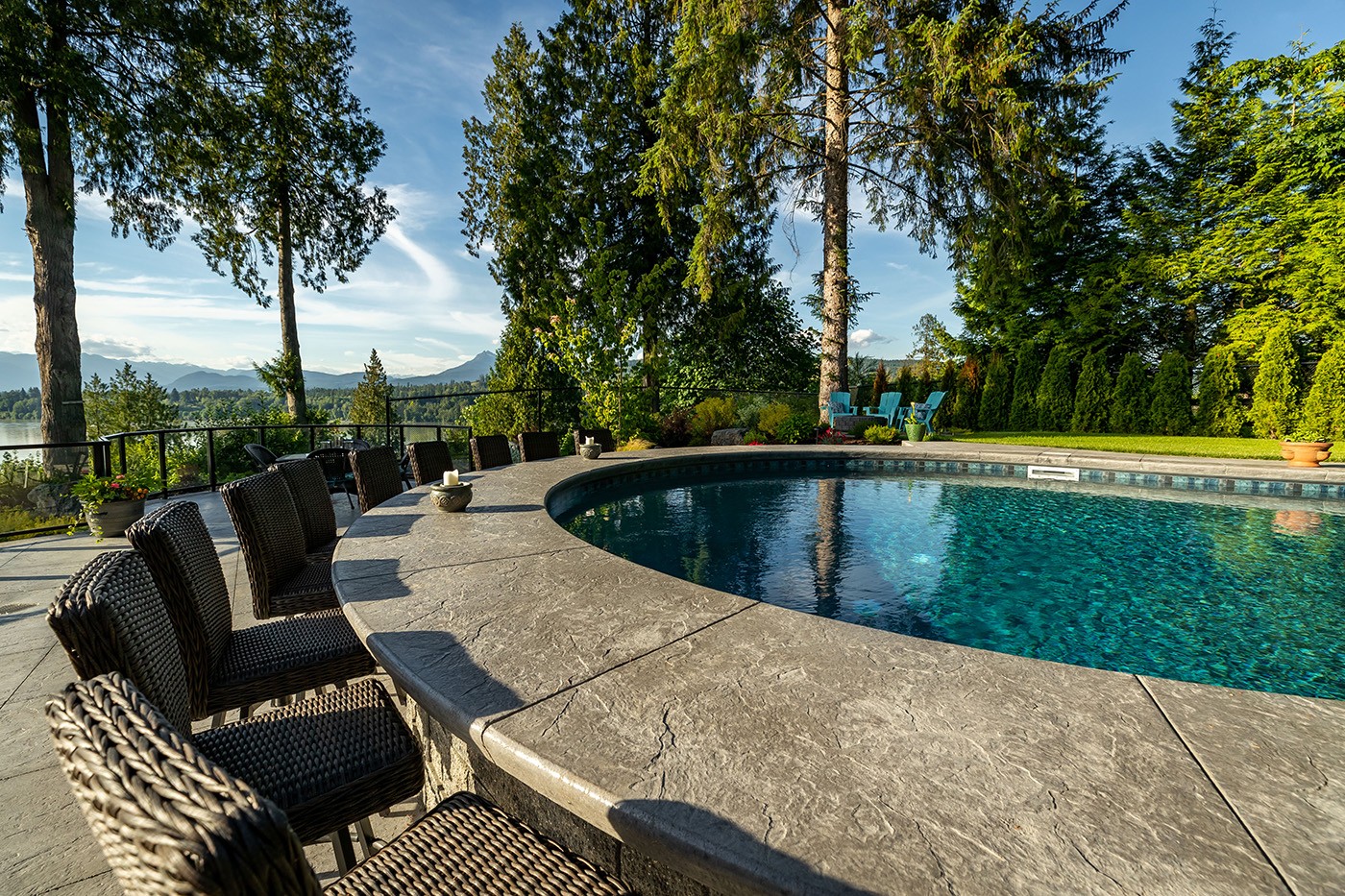
5 Hardy Fish For Your Backyard Pond
How to create a healthy environment and keep them safe from predators.
Cool-season grasses, like the type we grow in the lower mainland, typically go dormant during the heat of the summer and recover when it gets cooler and rainier in the fall. But not this fall.
Let’s take a look at what dormancy actually is and how to tell if your brown grass is dead or dormant.
Dormancy is part of a plant’s normal life cycle. Going dormant helps the grass conserve moisture, protecting it from seasonal damage and stress caused by extreme temperatures.
The type of grass you have and the climate you live in affects when — and if — your grass goes dormant. Most of the turf growing in the lower mainland is a mixture of three types of cool-season grasses — rye grass, blue grass and fescue.
These grasses prefer moderate temperatures and tend to go dormant when temperatures dip below 12° C or during hot, dry summers — which is why your grass tends to turn brown in August.
This is not normally an issue because the dormancy phase is typically followed by more favourable conditions — cooler temperatures and more rain. As stated in the intro, this didn’t happen for us this year, and the dormant grass became frozen… and it’s difficult to say how it will affect your lawn.
You may not be able to tell if your grass is dead or merely dormant just by looking at it, although dormant grass will start to green up in the spring when conditions improve while dead grass will stay brown.
The best thing to do is go outside, grab a handful of grass and pull on it lightly. Dead grass will pull out easily, while dormant grass will offer some resistance. While you’re there, look at your grass closely. The crown (which is just above the roots) should be pale with tinges of green indicating that there is still life in your grass. If it’s all brown, you’ll need to reseed the area or lay down sod — or you might even want to consider synthetic grass!
Grass is incredibly resilient and will withstand a lot of environmental stresses, including drought. But there are a few “best practices” to follow that will help keep it healthy and strong.
So, check your grass this spring. If you find it starting to green up you can breathe a sigh of relief and carry on with your regular maintenance schedule.
But if your worst fears have come true and your grass is dead, don’t despair. Although removing the dead turf and replacing it is labourious, time consuming work it can be done and you’ll still be able to enjoy your lawn this summer. Just give us a call and we’ll help you decide how you’d like to proceed — seed, sod or synthetic.

How to create a healthy environment and keep them safe from predators.
Tips and ideas to create a great poolside experience
How to choose the one that’s right for your outdoor space
Turn your front yard into a reflection of the love you have for your home and neighborhood.
How to choose the right perennials for your garden and some of our favourite choices!
Like beauty, it really is in the eye of the beholder







